- Learning time
- 40 minutes
- First play time
- 120 minutes
1812: The Invasion of Canada
Designed by: Beau Beckett,Jeph Stahl
1812, and the border between the USA and Canada is heaving with the massed ranks of various armies. A complex chain of events has led to this moment, that the more historically-minded may choose to enlighten others on. Or you can just view it as a two-team bunfight. The events of the game play out the battle between the Americans (Regulars and Militia) and the British, who are joined by the Canadian Militia and the Native Americans.
With five players, each player takes charge of one of these five armies, and if you have less players they are divided amongst you. On the board – a map of northern North America – the Americans are trying to push their way north and claim territory. The Brits, Canadians and Native Indians are trying to achieve the same feat in a southerly direction. Players each have a hand of cards that give them both movement choices (walking, riding, sailing) and occasionally more exciting options in the form of special cards that give you short-term advantages when played. Combat is decided by both weight of numbers and also the chance factor of dice – the dice rolls decide how many casualties there are, how many defeated, and how many run away – in a direction of your choosing.
Turn order of the five armies is decided randomly by drawing markers from a cloth bag, and this turn order can be a key factor – players, deciding how best to get their armies working in conjunction, will have to react to this. Taking control of opponents territories is rewarding; particularly certain territories that an army would normally recruit from at the start of their turn. But it’s impossible to simply mass ranks and outnumber anybody – the board, like the continent itself, is simply too vast for that. So play runs as a kind of thrust and counter-thrust, with the finer details worked out by the custom dice.
It’s an unusual game in that despite being extremely combative – it’s war, after all – it also encourages, if not demands, collaboration on both sides.
The guru's verdict
-
Take That!
Take That!
There's death and carnage, but with 4 or 5 players (which suit the game best) nobody ever has to cope with it alone.
-
Fidget Factor!
Fidget Factor!
Not too much. If it's not your turn you need to be watching what the other side is up to...
-
Brain Burn!
Brain Burn!
It's a relatively simple and smooth-moving game. Thought is required, but nothing to make anybody pass out through the effort. Each turn is, in a way, a gamble.
-
Again Again!
Again Again!
For a five-player game about such an epic battle, The Invasion of Canada isn't terribly long. The cards ensure no two games are the same.

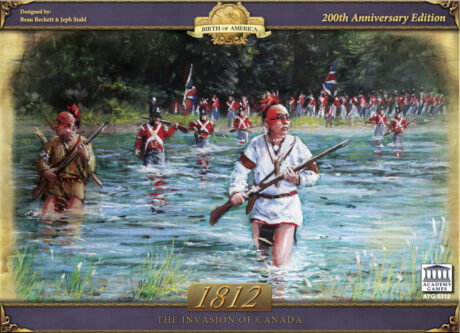
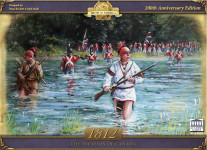

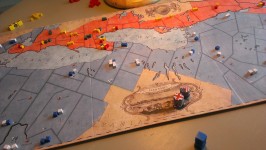


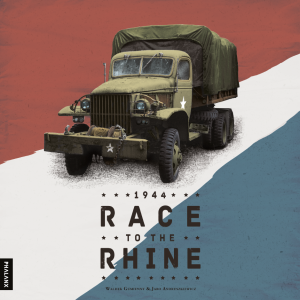
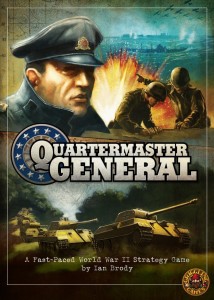
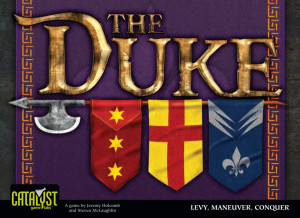
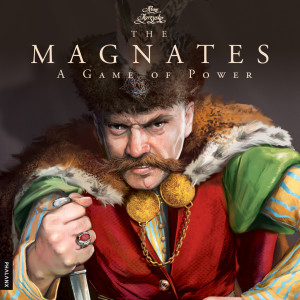

Sam says
If you're not keen on co-operative games this still functions well as a combative two-player. The simple rules make for a fast-moving and relatively short game in a genre that is laden down with epic rule-heavy behemoths. And the random nature of the turn order makes for an intriguing element: getting two armies to attack consecutively at the start of a round can be a strong move; but then you know your opponent can now do the same. It's neat, and if you want another theme with the same type of gameplay, 878: Vikings uses an almost-identical system.